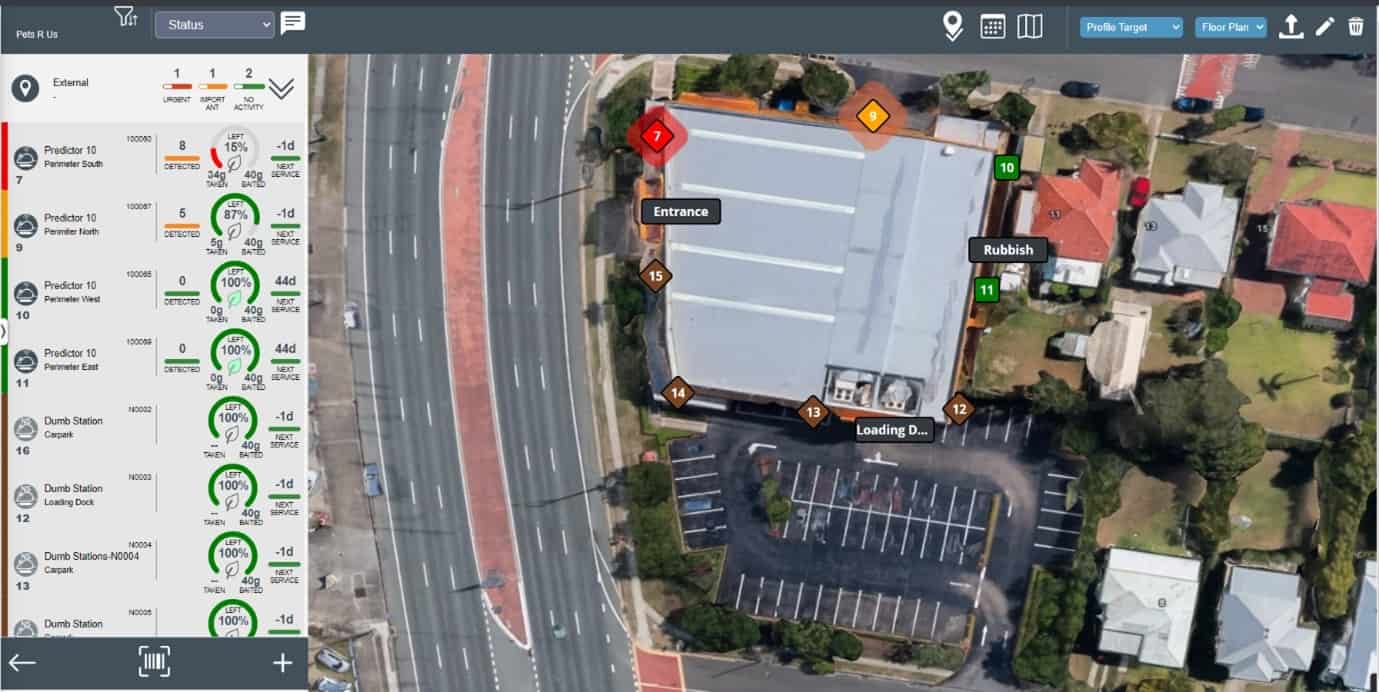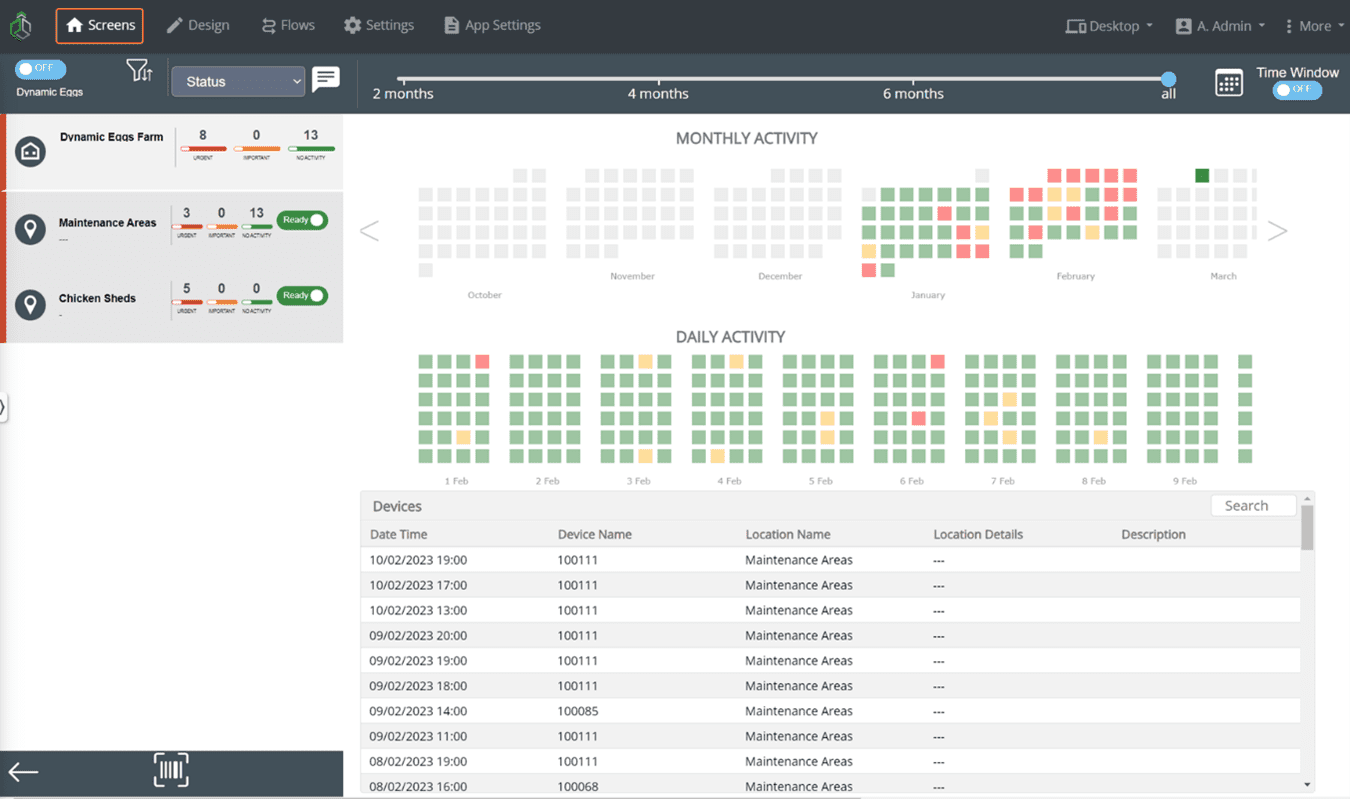Digital Transformation has been an oft-used term in many industries over the last decade, further accelerated by the COVID-19 pandemic and resulting changes in working practices that would otherwise have taken years. Yet early adopters of digital such as the retail and financial service industries have been digitally transforming for decades. Think of the introduction of retail store barcodes in the 1970s which inexorably led to vastly more data being available.
Pest Control:
What has
Digital Transformation
ever done for us?

Data warehouses followed which enabled supply change transformation and an understanding of the customer’s buying behaviour, resulting in loyalty schemes and personalised consumer engagement. The latter laid the groundwork for a shift to online shopping, and we now have checkout-less stores.
Industries such as pest management have previously embraced digital through the adoption of software tools supporting functions such as CRM and route management. However, Internet of Things (IoT) technology is now enabling a new generation of solutions & devices that also enable digital data collection at the ‘coalface’ of the pest technician’s role. Data that is now also offering real time insight into the types of pest activity and extent around a building including the rate or quantity of bait consumption, rather than a simple ‘yes/no’ from bait box visual checking.

This offers the prospect of changing the traditional operating model of pest control from box & trap checking, to adding value built from risk-based assessment of the customer’s operational environment, with real time monitoring of & a true pro-active response to on-site activity.
In this transformed model, success then becomes a customer environment with a demonstrably minimised presence of pests, rather than simply a reactive fixed number of visits per year.
Moreover, the data gathered can present the real estate or facilities manager with a ‘cause and effect’ view of pest management services, quickly addressing problems before they become detrimental to a site. Systems such as PestSense’s OneCloud further provide such a view across their entire property estate, providing the evidence and thus business justification to invest in long-term prevention.

Digital pest control is advantageous for the end customer, the facilities manager or pest management service company and the pest management professional (PMP) alike. Fewer, smarter, more targeted monitoring points and on-demand servicing supported by predictive software, make for more efficient field operations as well as truly proactive pest management.
The PMP in turn can spend their time surveying & making recommendations where technology can’t readily go, utilising the time that has been freed up from more monotonous tasks to pre-empt pest infestations occurring. This is a much better use of a PMP’s skills & expertise, making for a more fulfilling role and attracting a new generation of staff into the profession.
Like the other industries mentioned who have previously embraced digital, the full longer-term implications thereof are perhaps difficult to assess in advance. Suffice to say that the implications go beyond technology and pest control devices to both operational servicing practices and the commercial arrangements between customers & service providers.
Digital transformation is more a state of mind than a project, requiring a belief in the end state and a willingness to start on what is a journey. The Walkman® changed the way music became portable, then the iPod® redefined how music was purchased and shared and its now almost unthinkable not to use your mobile phone to play music.
In summary, digital transformation of pest management practices is likely to follow a similar evolution to other industries, where new opportunities progressively arise as adoption broadens & deepens. IoT-based pest management technology now becoming available will enable much greater insights and servicing options than previously, opening up new possibilities for innovative facilities managers & service providers. The most important thing is to get started on the digital transformation journey, to see what’s possible.
Rob Burley-Jukes is Alliances & Strategy Director of PestSense
“Walkman®”, “WALKMAN®”, and their respective logos are trademarks or registered trademarks of Sony Corporation.
“iPod®” is a trademark of Apple Inc., registered in the U.S. and other countries.
